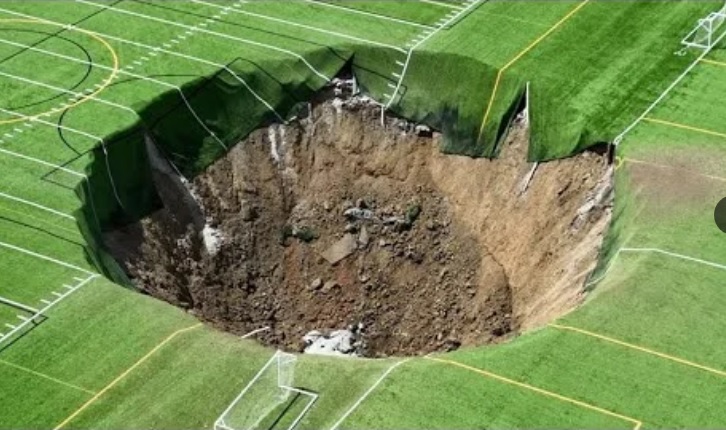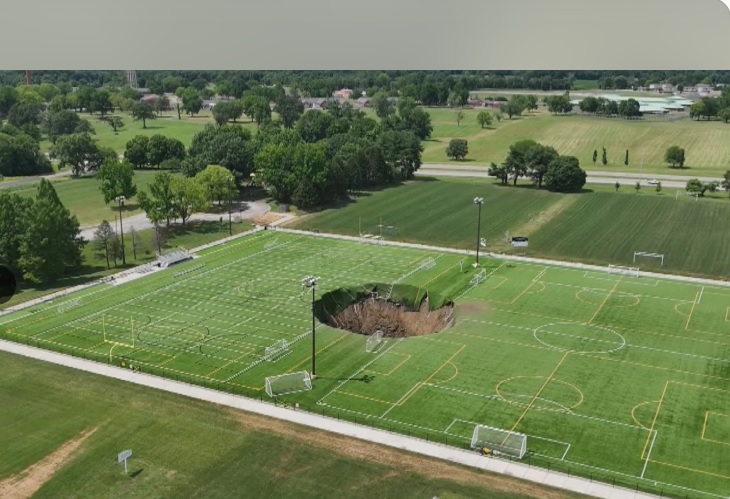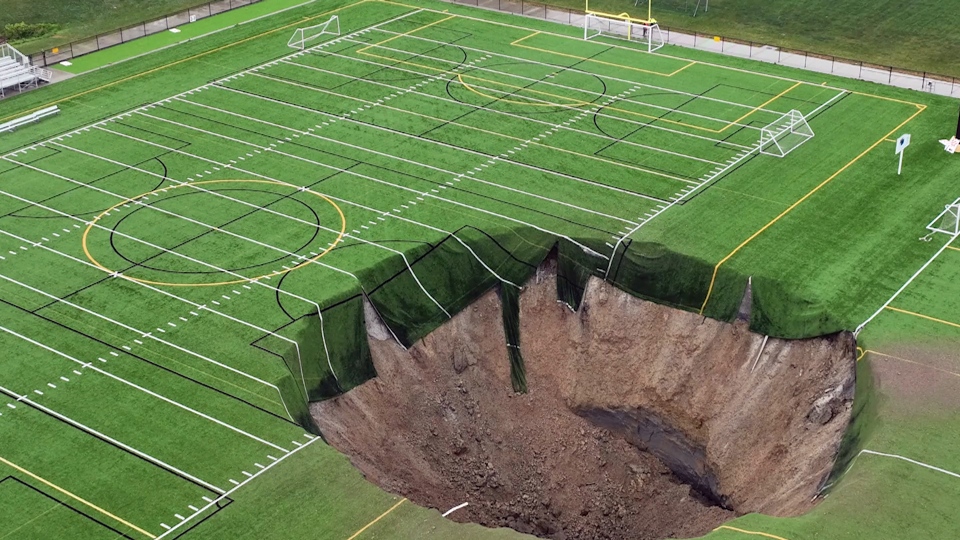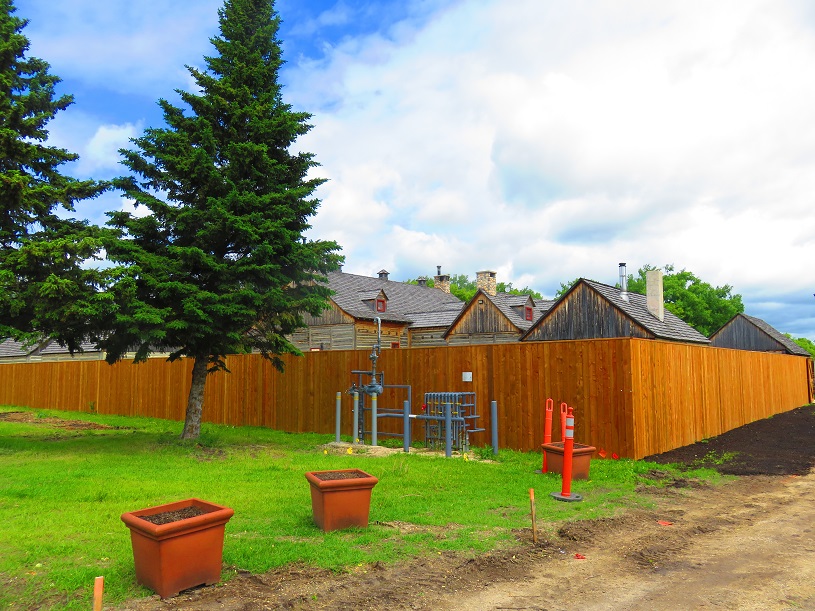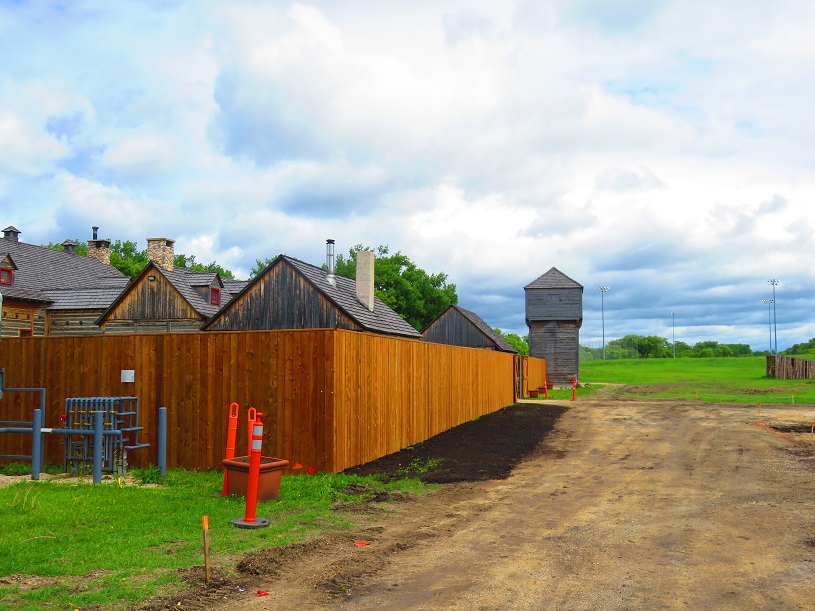Experience a quartz crystal sound bath inside a storied, all-wood sound-chamber.
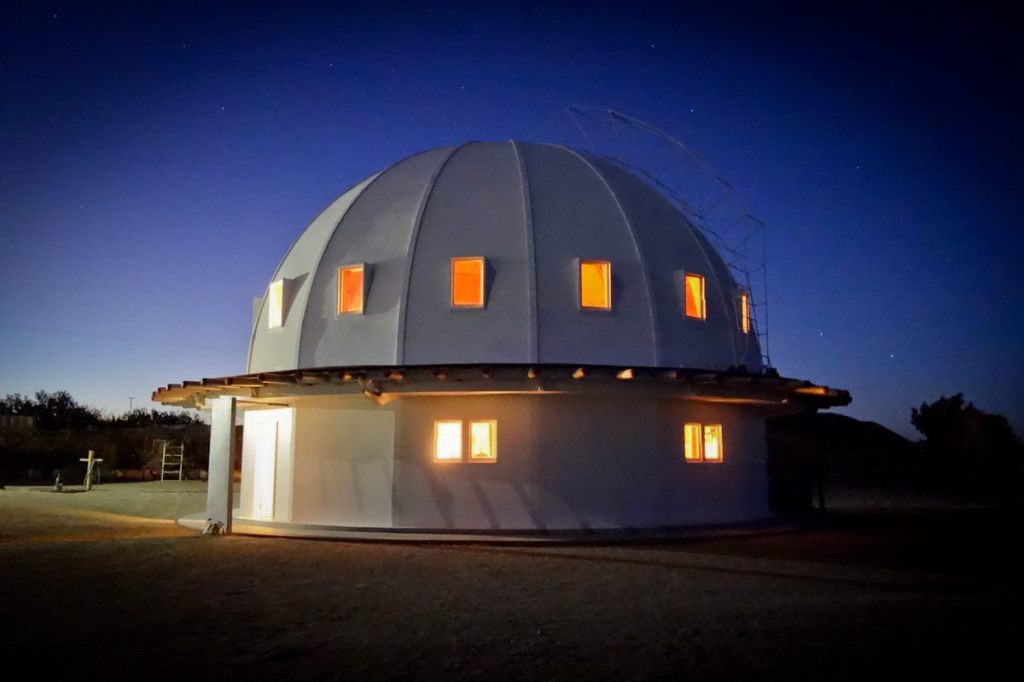
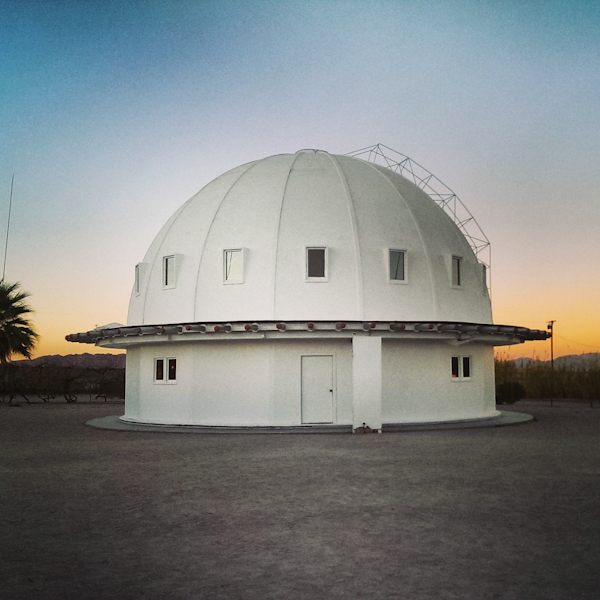
THE INTEGRATRON IS A PARABOLIC dome-shaped structure in the Mojave Desert near Landers, California.
Construction began in 1954 from the design of aeronautical engineer and ufologist, George Van Tassel, who built the dome after allegedly receiving instructions from extraterrestrials from Venus known as “The Council of Seven Lights.” During this UFO encounter, Van Tassel claims that he was invited aboard a Venusian spaceship and given explicit instructions on how to create a machine that could rejuvenate living cell tissues.
Van Tassel chose the Integratron’s site due to its supposedly powerful geomagnetic energy (though there is no scientific evidence of any such energy), which he believed could be amplified within a wooden parabolic structure. As such, the building was constructed without the use of any nails, consisting only of plywood and fiberglass held together by wood dowels and a 1.5-ton cement ring serving as the keystone. Using these materials, and influenced by the theories of Nikola Tesla and sacred geometry, Van Tassel believed that the Integratron was more than a building and would serve as a combination of a time machine, rejuvenation machine, and an anti-gravity device.

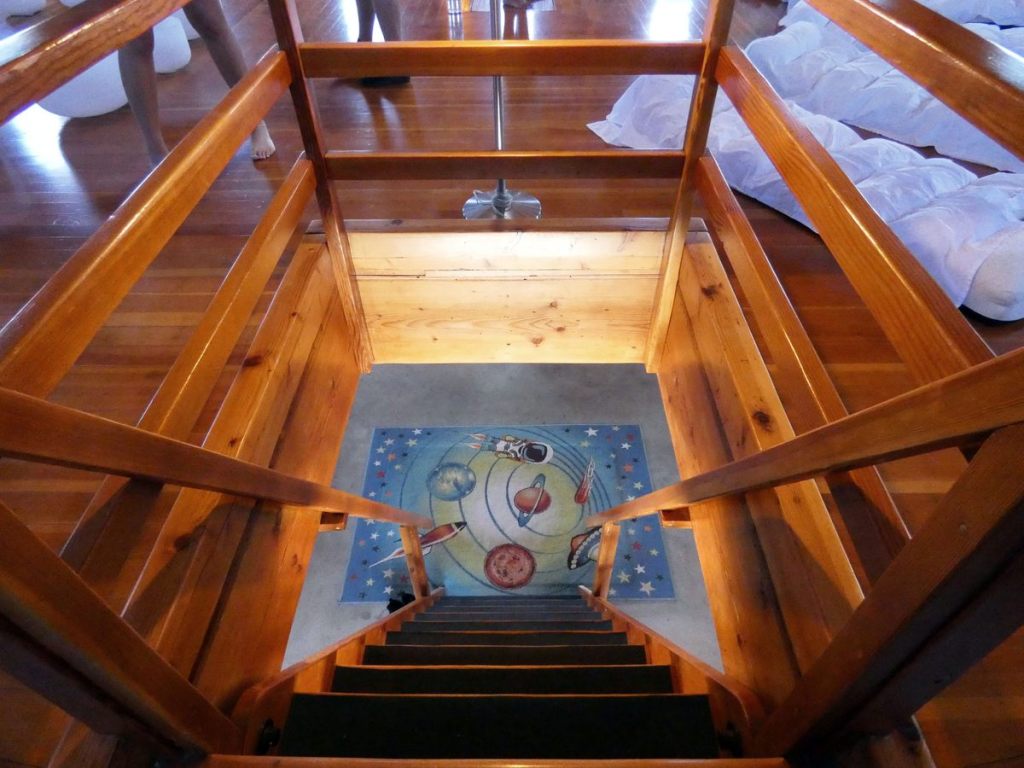
Though Van Tassel worked on the Integratron until his sudden death in 1978, he was never able to test his own creation. His hard work paid off, however, as the building is so structurally sound that it withstood the infamous Landers Earthquake of 1992, which measured as a 7.3 on the Richter scale.
The Integratron was purchased in 2000 by two sisters, Nancy and Joanne Karl, who have been exploring the building’s rejuvenating sonic capabilities through their popular “sound baths.” During the half-hour sound baths, visitors listen to seven musical notes on quartz crystal singing bowls, with each note devoted to the major energy centers–or chakras–of the body.
The bowls are created by crushing and heating 99.99-percent pure quartz to 4,000 degrees Fahrenheit and spinning it in a centrifugal mold. The purity of sound from the bowls, coupled with the acoustics of the all-wood paraboloid, is said to have “alternative” healing powers.
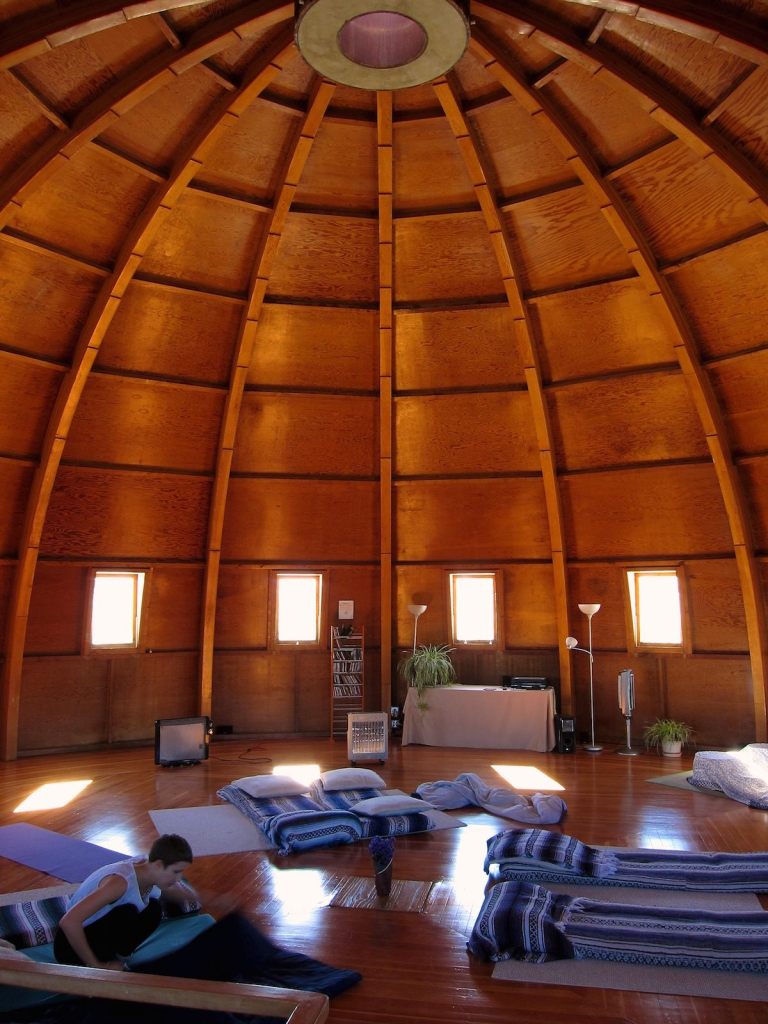


After the sound bath, visitors can stand and speak in the center of the room and experience the resonance of their own voice reverberated back to them. They can also check out an exhibit on the building’s history, or go outside and enjoy a seat in the shade.
For the adventurous soul, travel three miles on unpaved roads to Giant Rock, one of the world’s largest free-standing boulders and the site of Van Tassel’s popular “Giant Rock Spacecraft Conventions,” which helped fund the Integratron’s construction.
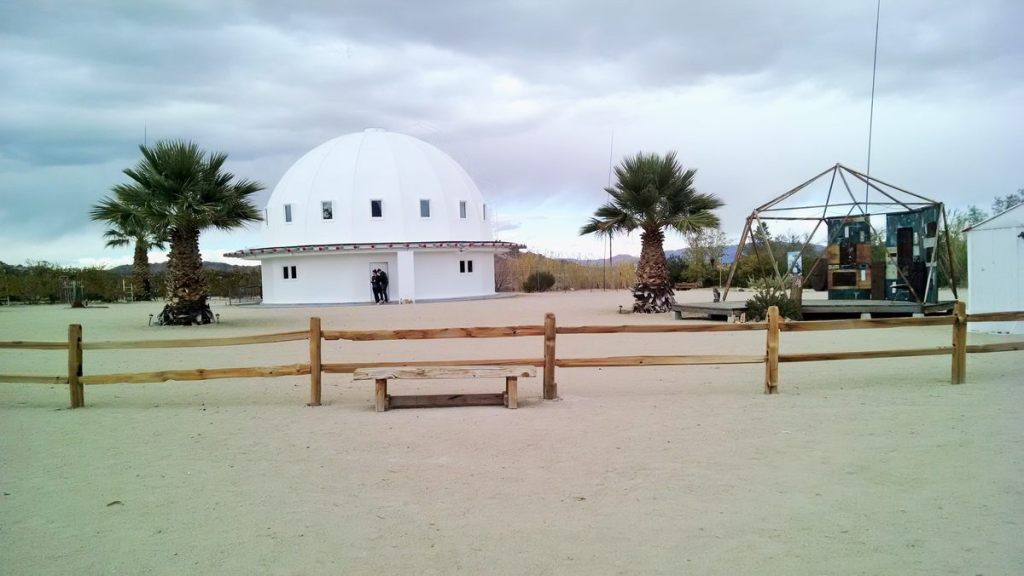
Giant Rock:
THIS SEVEN-STORY GIANT BOULDER HAS attracted UFO conferences, Hopi spiritualists, and the engineers of a “rejuvenation machine.”
Geologically speaking, Giant Rock—located in California’s Mojave Desert—is roughly seven stories high and covers almost 6,000 square feet. Some say it is the largest freestanding boulder in the world.


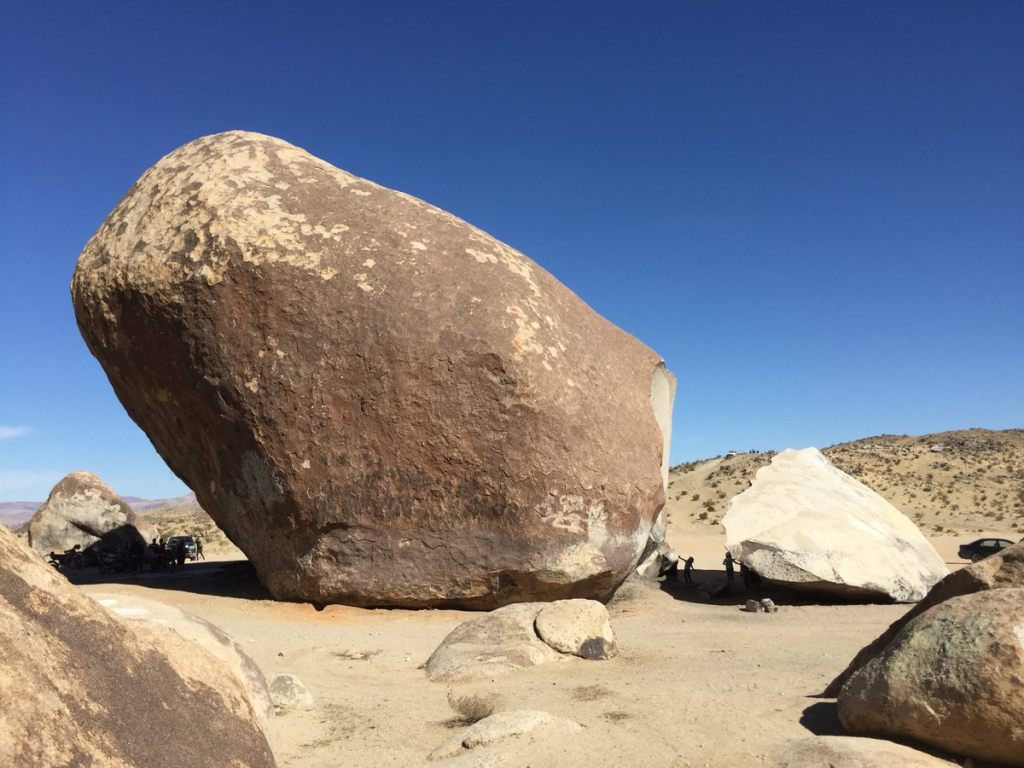
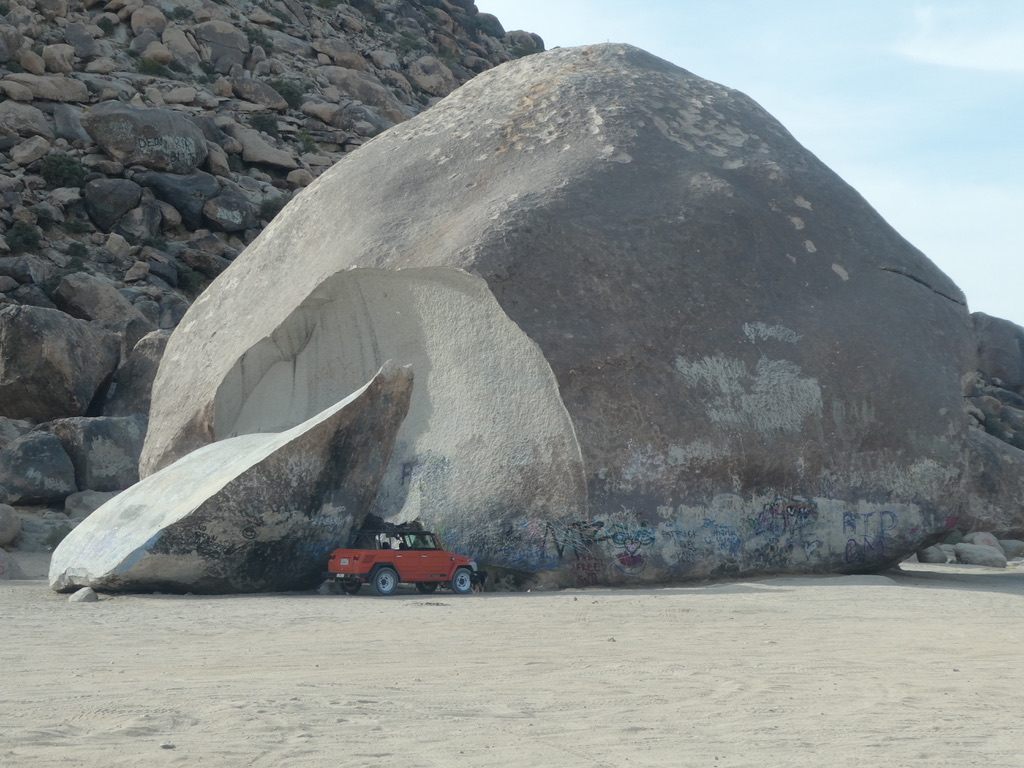
This seems apropos:

